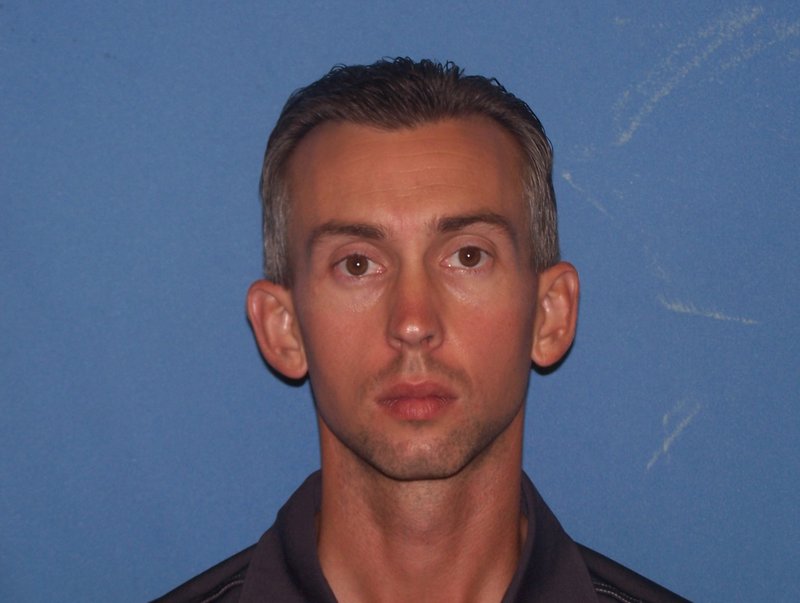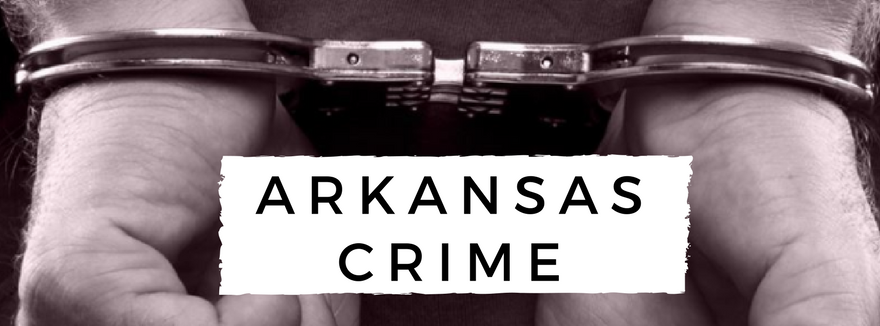RUSSELLVILLE -- Closing arguments will begin today in the capital-murder trial of the man accused of gunning down two theft suspects last year in his family's junkyard and crushing their bodies in a car compactor.
Tyler Barefield, 36, told Pope County Circuit Judge William Pearson he would not testify in his own defense. The disclosure capped the sixth day of testimony, a day on which Barefield's longtime friend and two neighbors praised his character before his lead attorney, Patrick Benca, used surveillance video and inventoried evidence to scrutinize investigators.
Barefield is charged with two counts of capital murder in the deaths of Aaron Brock and Beau Dewitt, both 22 of Dardanelle, on Sept. 16, 2016. Investigators found their bodies Sept. 20 at the junkyard after Brock's family members noticed blood leaking from a pile of crushed cars.
Brock's girlfriend testified that she dropped the men off late the night of Sept. 16 so they could steal parts from U-Pull-It Auto Parts of Russellville, a junkyard Barefield co-owns with family members on the city's southern outskirts.
Prosecuting Attorney David Gibbons and his deputy Heather Patton have portrayed Barefield as a calculating killer who knew his business was at risk of theft Sept. 16. Instead of repairing a fence, he lingered in the darkness, wearing camouflage and with a scoped rifle, while waiting on the thieves to arrive, they argued.
Investigators recovered a single shell casing at the scene that an expert determined was fired from an AR-15-style rifle recovered from Barefield's home. The casing was at the forefront of Tuesday's testimony. Surveillance footage shows Barefield carrying a rifle on the night of the killings and driving a forklift toward the car crusher early the next morning.
A bullet recovered from Brock's body could not be conclusively linked to the gun, according to testimony. No DNA evidence connecting Barefield to the killings was presented. The junkyard's surveillance cameras did not capture gunfire.
Barefield's defense has pointed out gaps in forensic evidence, tried to advance a theory that other people were at the junkyard on the night of the slayings and highlighted Barefield's cooperation with law enforcement officials and the victims' families who searched U-Pull-It.
Barefield's trial has attracted attention in his hometown of Russellville, a town of about 28,000 on the Arkansas River roughly 80 miles northwest of Little Rock. At one point Tuesday, a bailiff instructed two people standing in the back of the crowded courtroom to find a seat. One left.
Barefield, who is free on $850,000 bond, nodded and told Pearson "yes sir" in response to four questions about his decision not to take the witness stand, after the jury had been dismissed for the day. Barefield -- slim and cleanshaven with short, parted hair -- wore a gray sports coat over a blue shirt, black tie and black pants.
James Blake Shirron, who said he has known Barefield for 25 years, testified that his "closest friend" is "level-headed" and "loyal." Shirron, as well as Barefield's neighbors, portrayed the defendant as a quiet person who "keeps his emotions to himself" and someone who rarely exhibited violent behavior while growing up.
"He wasn't quite as rowdy as some of the other guys" in the neighborhood where he grew up, said Fred Fullerton, who became a neighbor of the Barefields in 1989.
Gibbons, the prosecuting attorney, on a brief cross examination focused on Shirron's testimony that Barefield doesn't make rash decisions. He asked if that meant Barefield thinks before acting. When Shirron said yes, Gibbons tersely responded: "Pass the witness."
Benca also showed jurors surveillance footage that captured former Dardanelle police officer Keith Lunsford handing an item to Jacob Yarbrough outside U-Pull-It on the morning of Sept. 21, one day after the bodies were found and after the state medical examiner determined the size of the bullet that struck Brock, according to testimony.
It's unclear from the footage what Lunsford handed Yarbrough. Benca suggested it was a shell casing, pointing out that it appeared to be metallic and that Lunsford seemed to be rolling it in his hand. Both Lunsford and Yarbrough testified that it was not a casing.
Lunsford initially investigated the case after the Dardanelle Police Department received a missing-persons report for Brock and Dewitt. He said Tuesday that the item he handed to Yarbrough was a flash drive that contained his report on the case and photographs he had taken, adding that he turned it over because his investigation concluded after the two men's bodies were found.
Yarbrough, a lieutenant overseeing detectives at the Pope County sheriff's office, testified that he had "no idea" what the item was and that he didn't recall placing a flash drive into evidence. "I am absolutely positive" it wasn't a shell casing, he told Gibbons.
Erick Riggs, a sheriff's office investigator, testified that the casing ultimately linked to Barefield's gun was recovered from the junkyard Sept. 21. He said he saw it on the ground, finding it within 50 minutes of the footage Benca showed, the defense attorney pointed out.
Investigators on Sept. 22 recovered ammunition and shell casings from Barefield's home while executing a search warrant, Riggs testified. None of the bullets were hollow-points that matched the rifle's caliber, or the type of bullet the state Crime Laboratory determined had struck Brock, he said.
A box of spent shell casings was cataloged as evidence after the search. The evidence sticker indicated six spent casings matching the rifle's caliber were inside, Riggs testified. But when Yarbrough opened the evidence envelope and reviewed the contents during testimony Tuesday, he counted only four spent casings of that caliber.
Benca has laid the foundation for an appeal in the event Barefield is found guilty, using moments when the jury was out of the room to make arguments on the record in favor of introducing evidence that would suggest a third party was involved. Benca also has questioned witnesses in proffer sessions that will be included in the court transcript but that jurors could not see.
Pearson has determined the evidence Benca wanted to introduce is in some cases speculative, falling short of case-law standards for what evidence related to a third party can be presented to jurors.
That speculative evidence included photographs of footprints at the junkyard that Benca said law enforcement officials failed to investigate. Benca has repeatedly argued that police stopped investigating other leads after seeing Barefield on the video footage with a rifle.
Metro on 11/01/2017


